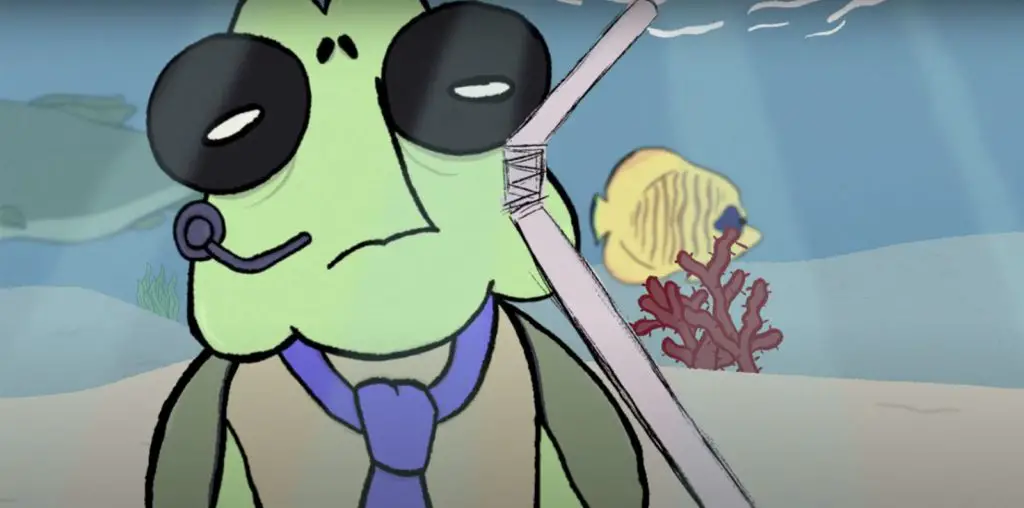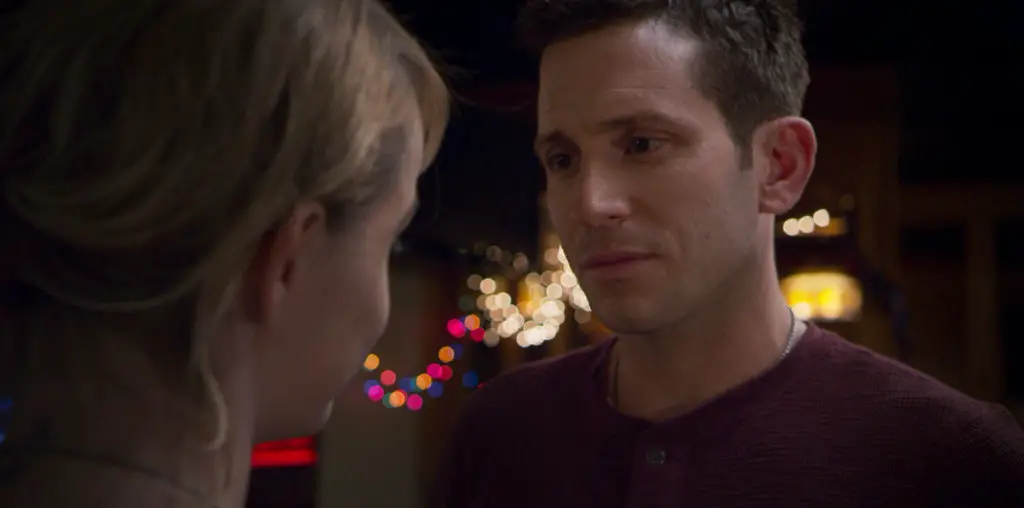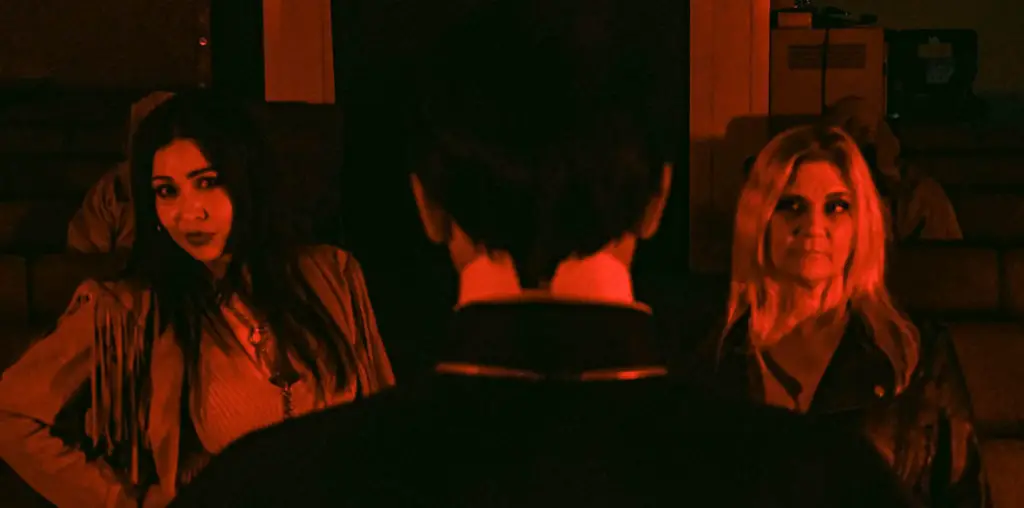
Mateo Diego has been sitting at a bus terminal for fifteen days. He is praying that he’ll be chosen. He has no money, no food, and no way of contacting his relatives back in Guatemala. It is 4am in southern Florida.
Mateo joins hundreds who flood these terminals hoping to find work. Work, by the way, means leaving your home and getting loaded onto busses headed to large farms in Central Florida as planting season begins. Work means 12-14 hours of monotonous back breaking labor, grueling heat, swimming in the carcinogenic chemicals that shower these pesticide ridden fields… for about 60 dollars a week.
But Mateo and the others desperately want this work. They need it.
Mateo is older than most of the other men at the terminal. He is not chosen. What is he supposed to do now? How will he survive?
How is anyone surviving in Immokalee, FL? We are immediately immersed into various lives within the cluster of trailer parks that make up the “neighborhood” right outside one thriving tomato farm. These men and women rent trailers at 50 dollars a week and do what they can to survive and find some kind of happiness amidst a constant permeation of sickness, death, and emotional desperation.
Georg Koszulinski’s “Immokalee U.S.A.” intimately follows the daily existence of about 6 men, women, and children who live and work here. There is no preachy voice over interpreting things for us. There are no talking head interviews spelling everything out for us. Instead the camera is simply there, vividly recording so many poignant details that the heartbreaking stories of these workers unfold on their own.
The immense power of this documentary comes from Koszulinski’s ability to show rather than tell. You are allowed to see what you want to see, focus in on what you choose to focus in on, and think and feel what you will about this shameful and controversial part of American food culture.
Maybe we are watching a mother prepare breakfast for her children. We are shown image after image, the kind of food she cooks, the types of clothes she wear, the furniture, the rotting teeth, the fat unhealthy bodies; and nothing needs to be said. We see one of the children ask her mother why her father has to work every single day. Why does he always leave before she wakes up? Why does he come home too late to tuck her in?
In an adjacent trailer a women hangs her children’s artwork onto a tack board. In a corner there is a shrine with a picture of a teenage boy, clearly a cancer victim. He has died two days before last Christmas. She tells us that 1 in every 3 children in Immokalee have cancer. And the shots of children playing soccer as the giant pesticide sprinklers drench the fields behind them tell us all we need to know about why this is happening. We don’t need to be told that Ricky’s mom couldn’t afford his medical treatment. We are shown all of this.
We get to know a little more about some of these men and women when they talk to the camera as they go about their lives. We meet an old lonely musician with no family who strums his guitar all day singing about beautiful women and visiting strip clubs at night. We meet the feisty head of a non profit who runs the community shelter / soup kitchen as she hits up local restaurants for their annual thanksgiving in the park. We meet two women who sell tamales to the workers, who both come from villages in Mexico where too many women and children have starved to death after their husbands have stopped sending them money. They say it happens all too often, mainly due to alcoholism and dementia. We meet the solid and surprisingly sweet owner of this tomato farm who has grown up on the land and swears he sees “no difference between me and these men.”
Life in Immokalee is intercut with gut wrenching footage of Mateo’s day after he is rejected from work for the 15th time. He rambles about his dreams of owning land, making money, and being able to provide for his family as his dismal reality unfolds before us. Delirious from hunger and thirst, begging for money, and slipping into and out of mania, he stumbles from busted payphone to busted payphone trying to contact his family to ask for help. The anguish you feel when he finally collapses outside the soup kitchen is intense and will haunt you for days.
This movie will haunt you for days. It digs up dirt on a problem with no clear solution. The reality is that our entire system of food production is reliant on migrant work. Without it, people would not have enough food to eat. Without it, grocery stores would not be stocked, restaurants would not be stocked, warehouses would not be stocked. And then what would we do?
Conversely, this kind of work is vital to the survival of thousands of Mexicans, Guatemalans, and El Salvadorians who cross the border every year because there is simply no work in their villages. Without it, what would they do?
Because this shameful system is a necessary part of the way our world operates right now, most people (myself included) tend to simply accept the plight of the migrant worker as a sad but unavoidable issue. But after watching this movie, you may not be so willing to accept it anymore. You may feel that change is not only possible but necessary.
This is the kind of movie that may inspire you to burn copies for all your friends, to hold screenings in your schools, to chat about the issues in blogs, to write articles about it, to vote, to do whatever it is you can to spread the word.
And perhaps with enough awareness, this movie could be a catalyst to start fixing a problem that desperately needs to be fixed.
At the very least, after watching “Immokalee U.S.A.,” you will look at your food, your clothes, your job and all the luxuries of your existence with a fresh appreciation.


